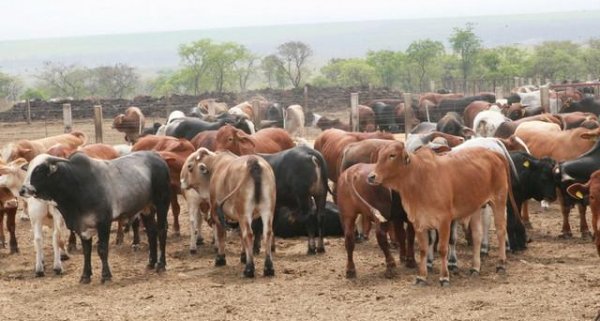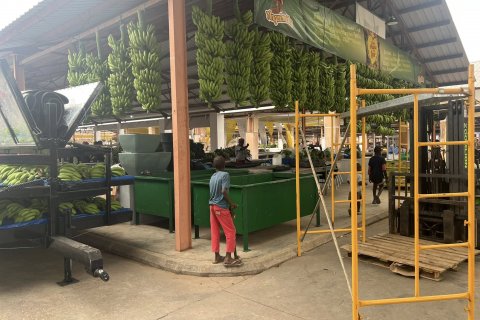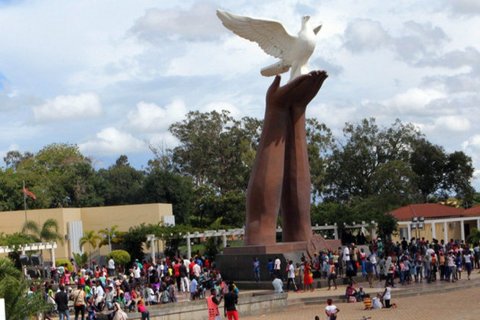In a more detailed analysis of meat production in this province – which has the largest livestock herd in Angola, with more than three million heads of cattle –, it is possible to conclude that beef leads production: 889,800 kilograms were produced, representing the annual slaughter of a total of 5932 heads of cattle, according to a report from the Provincial Agriculture and Fisheries Office, through the department of the Institute of Veterinary Services, cited by Angop.
Second place is occupied by pork, with a production of 187,250 kilograms, corresponding to the slaughter of 3745 animals. While the third position corresponds to goat meat with the production of 19,824 kilograms, representing the slaughter of 1652 heads of cattle.
Also noteworthy are poultry meat (1697 kilograms, with 943 animals slaughtered) and sheep meat (740 kilograms, with 37 animals slaughtered).
According to the data, cited by Angop, the slaughter is carried out in 21 sites that are cataloged and distributed across the 14 municipalities of the province, only two of which concern conventional butchers, while the others are known as "slaughter sites" located in parallel markets.
Of the slaughter sites, the highlight is the Mercado da Batata-doce. Located near Lubango, this site is responsible for slaughtering the majority of animals, having slaughtered 2355 heads of animals last year, bringing 422,559 kilograms of meat to the market.
Another highlight is the Mutundo market, which slaughtered 1165 animals (259,115 kilograms of meat) and is also located in Lubango. Regarding industrial slaughterhouses, the focus is on Fazenda Mumba (63,450 kilograms of meat, or 423 heads of cattle) and the Socolil group (31,950 kilograms, corresponding to 213 heads of cattle).
If you look at the municipalities, the highlight goes to Lubango, followed by Matala (47,994 kilograms) and Quipungo (36,827 kilograms).
Although the authorities consider this to be an "encouraging" production, these numbers are still insufficient to meet current market needs, which are 3,060,717 kilograms per year. Furthermore, the provincial cabinet points out that the main problem is the lack of investment, adding that, in three years, there is a possibility of the province achieving self-sufficiency in meat, if there is investment in herds and slaughterhouses, writes Angop.
Looking at the last five years, it is possible to see that Angola registered an increase, in the order of 12 percent, in the production of animal protein, especially pork and beef, on average, of around 55 percent and 30 percent cent, respectively.
It should also be noted that, according to ministry data, cited by Angop, the country spent, in 2021, 440 million dollars to import meat. Of this amount, more than half was allocated to birds (54 percent), with an expenditure of 238 million dollars.
More than half of the country's animal production (around 70 percent) is produced in Huíla, Cunene and Namibe, with birds being produced in greater numbers in Huíla and Huambo (39 percent).







